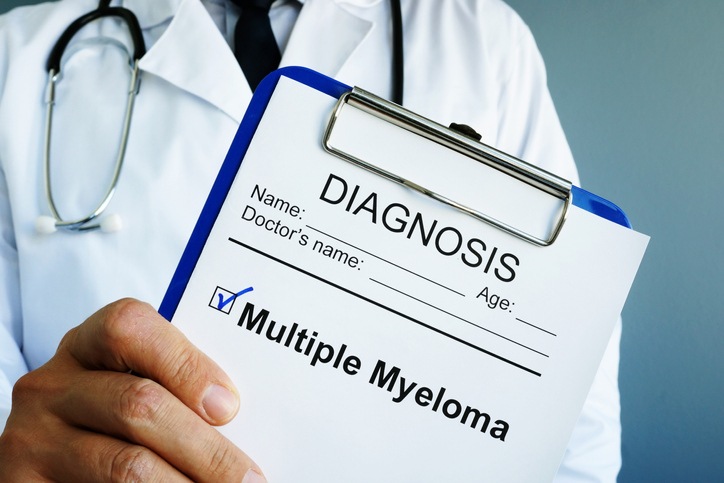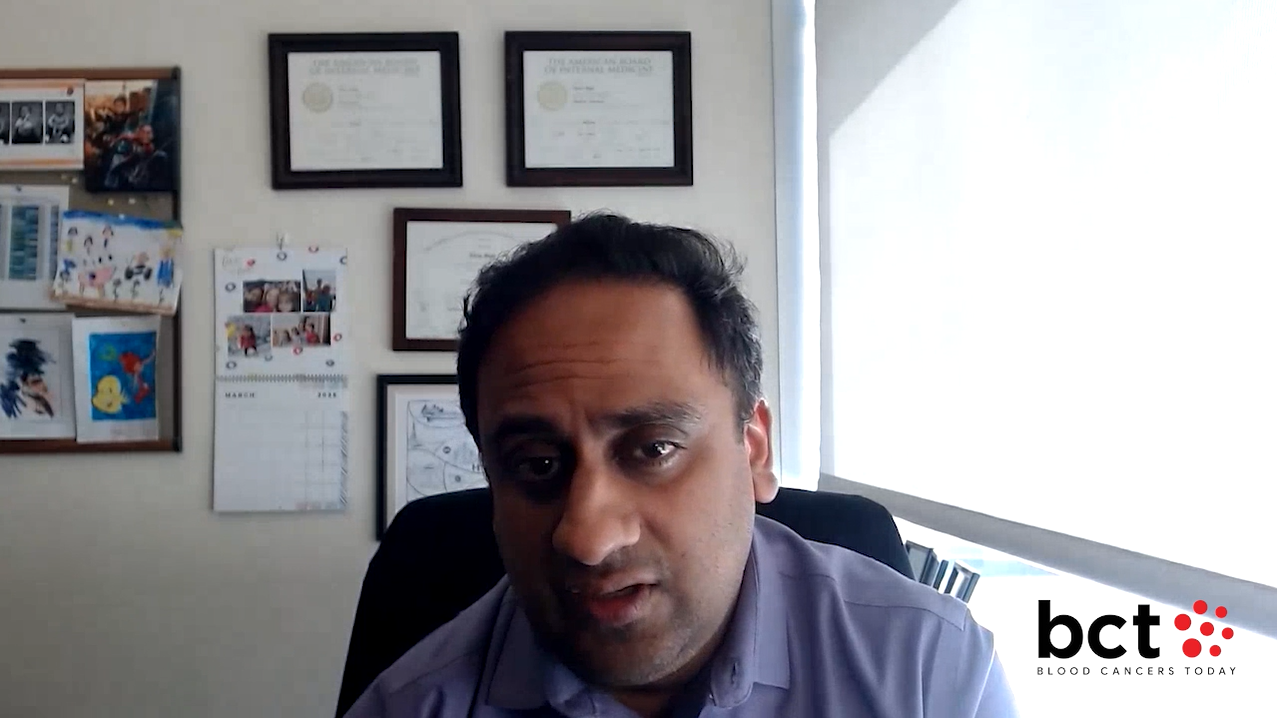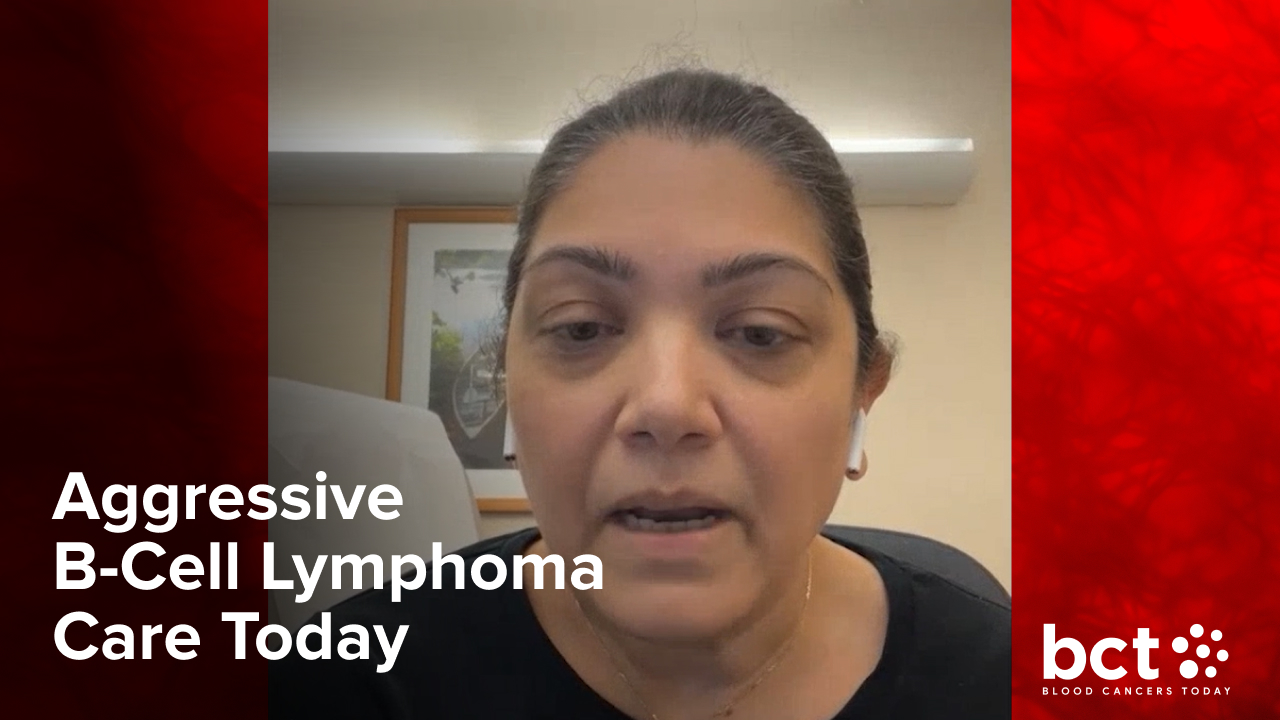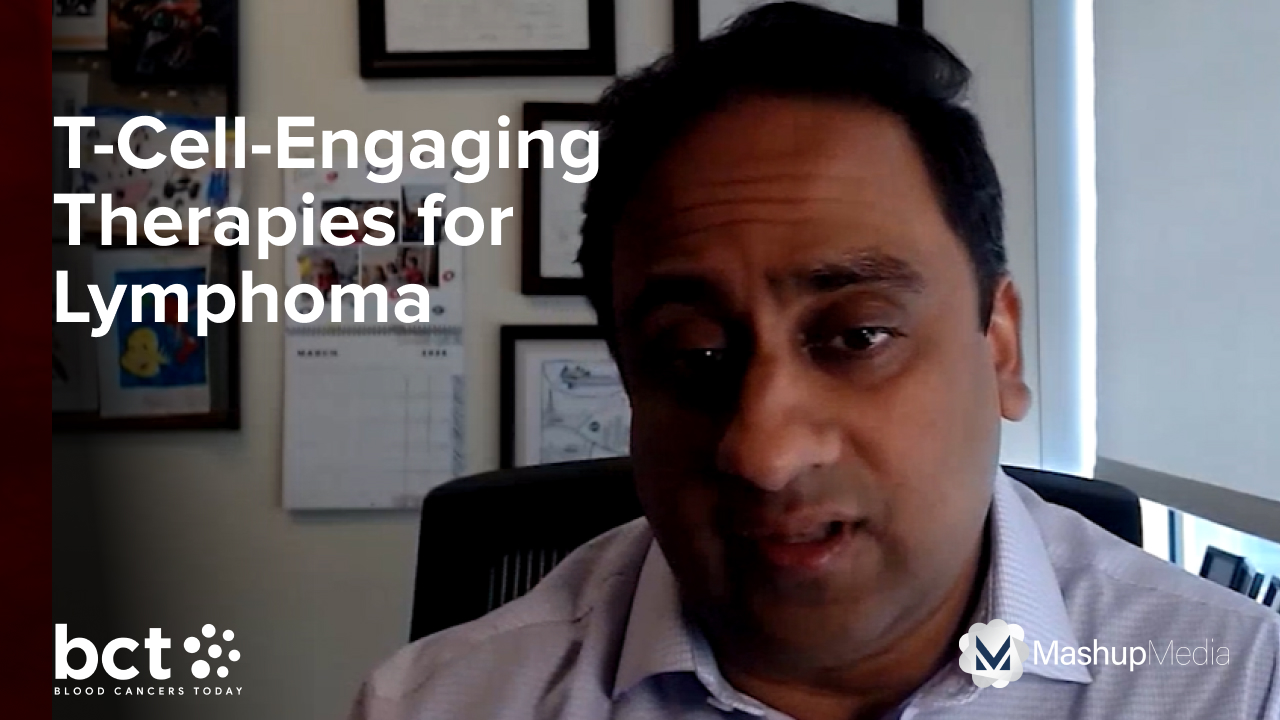
Patients with multiple myeloma (MM) who underwent double autologous hematopoietic cell transplantation (AHCT) did not have better overall survival (OS) and progression-free survival (PFS) outcomes compared to patients who underwent single AHCT, according to a study. In fact, double AHCT patients had poorer survival outcomes compared to their single AHCT counterparts. The researchers suggested that this may be in part due to the availability of novel anti-myeloma therapies.
Patients with MM who underwent transplantation between 2003 and 2020 at a single hematology clinic were retrospectively reviewed: 211 single AHCT patients and 17 double AHCT patients. Double transplantation patients had elevated serum or urine M-protein levels, elevated bone marrow atypical plasma cell ratio, the occurrence of new lytic bone lesions or plasmacytoma, and other evidence of clinical progression or relapse. All double transplantation patients relapsed before the second procedure.
The whole cohort had preoperative Eastern Cooperative Oncology Group performance status 1. All patients had received four to eight courses of induction chemotherapy (bortezomib/cyclophosphamide/dexamethasone, bortezomib/dexamethasone, vincristine, doxorubicin, and dexamethasone, and bortezomib/thalidomide/dexamethasone). Before the second procedure, double AHCT patients were given proteasome inhibitors and immunomodulatory agents.
The main outcome was duration of OS, which was measured from the start date of the first therapy to all-cause death. PFS was measured from the transplantation date (for double AHCT patients, the second transplantation date was used) to date of relapse or progression. Transplantation-related mortality (TRM) was defined as any 90-day death attributable to high-dose therapy.
The median time of second AHCT was about 3.6 years from the first transplantation. OS duration in the single AHCT group was 4011 ± 266 days, compared to 3,526 ± 326 days in the double AHCT group (P = 0.03). PFS duration in the single transplantation group was 2344 ± 228 days, compared to 685 ± 120 days in the double transplantation group (P = 0.22). Disease assessment following AHCT stable or progressive disease, partial remission, and very good partial or complete remission (CR) was 62/44/105 in the single transplantation group and 8/4/5 in the double transplantation group (P = 0.22).
The study was published in Open Medicine.
“The present study points out that the second AHCT treatment option in MM may not be effective as suggested, especially in the era of novel MM drugs, since our results come from the past data that novel drugs were not exist,” the researchers wrote. “In conclusion, we found no benefit with second AHCT in MM patients in terms of PFS and OS or CR rates, and the novel anti-myeloma drugs might decrease the need for a second transplant.”
Reference
Malkan UY, Demiroglu H, Buyukasik Y, et al. Comparison of single and double autologous stem cell transplantation in multiple myeloma patients. Open Medicine. 16(1), 192-197.






 © 2025 Mashup Media, LLC, a Formedics Property. All Rights Reserved.
© 2025 Mashup Media, LLC, a Formedics Property. All Rights Reserved.